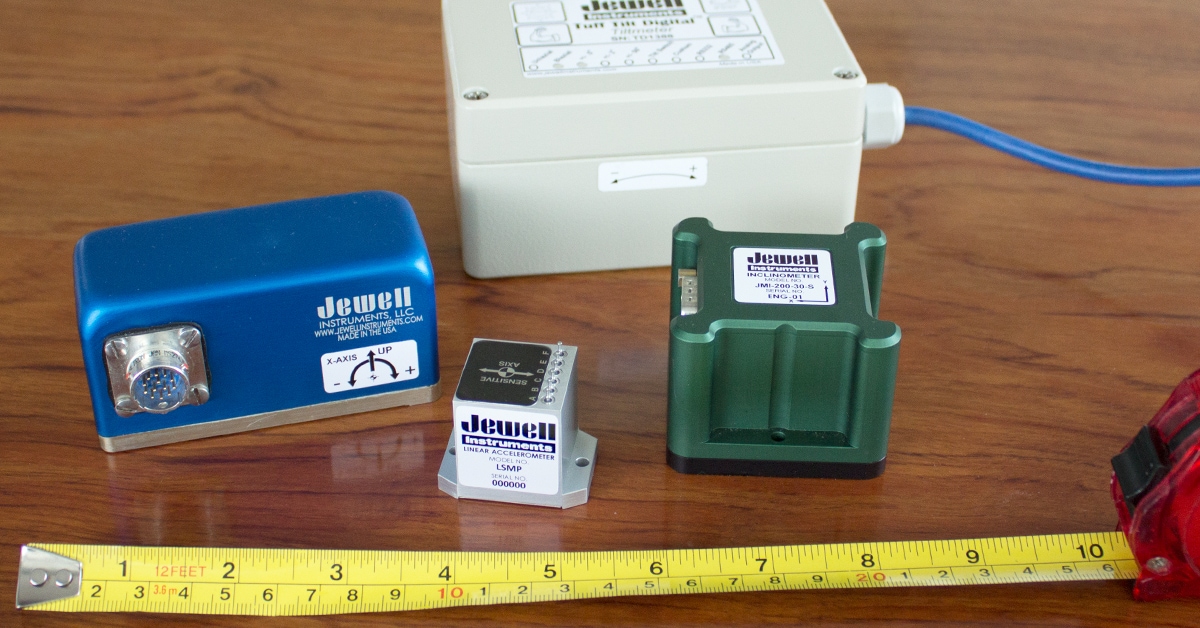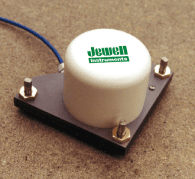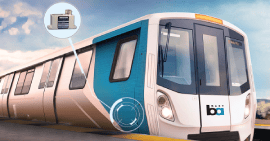To design and build a large machine such as a rail car, mobile radar, or construction vehicle, every component needs to fit into place perfectly like a puzzle. When searching for components, you’ll come across multiple sensors ranging in sizes as small as a coin or as large as a dinner plate. Finding the right-sized sensor is like finding the right shoe, it needs to fit and it needs to perform. Here are some tips on how to find a compact sensor that fits your design like a new shoe.
What large sensors are used for
The typical precision sensor footprint is 42.6 by 92.5 mm (based on LSOX inclinometer), but geophysical and civil engineering sensors are usually 80 by 120 mm or more. Due to the very subtle movement of large structures and geophysical phenomenon, these sensors need to detect tilt as small as a few nanoradians. Their larger size is conducive to making these measurements.
When to look for a compact sensor
Force balanced and MEMS sensor footprints can range from 26.7 by 38.1 mm to 73 by 95.25 mm. These are typically embedded into the designs of machinery such as construction, military, and industrial automation. Engineers need their machines to be lightweight and compact in order to increase overall performance. With many other components already in the design, the smaller size of a force-balanced or MEMS sensor is necessary.
Some 900 series electrolytic and miniature tilt sensors are among the smallest tilt solutions in their industry. The 755/756 series in particular has higher precision than force-balanced and MEMS for OEM applications that demand extra sensitivity.
Compact Sensor Options
Some sensors are specifically designed for engineers who need to save space on their project. Due to its multiple mounting options, the RMI series gives engineers additional flexibility on how to approach their design. The 875 series is a miniaturized version of a traditional geotechnical sensor with the enclosure to survive the elements. For applications that don’t require enclosures, but need to save on costs, MEMS PCA boards can be ordered on their own.
If you’re a geotechnical engineer or geophysicist, view the product catalog for an overview of all geophysical and geotechnical sensors.
For OEM and industrial projects, view the product catalog of force-balanced and MEMS sensors.


